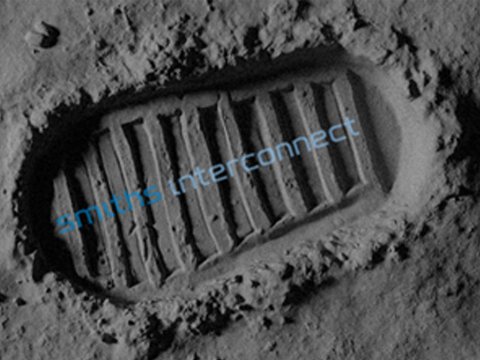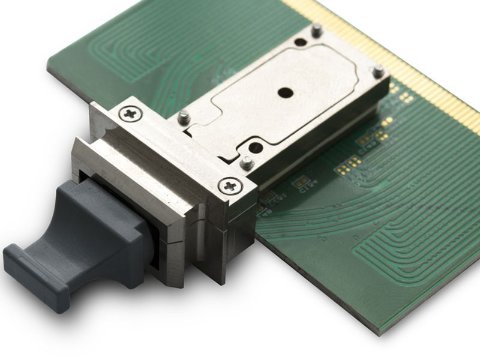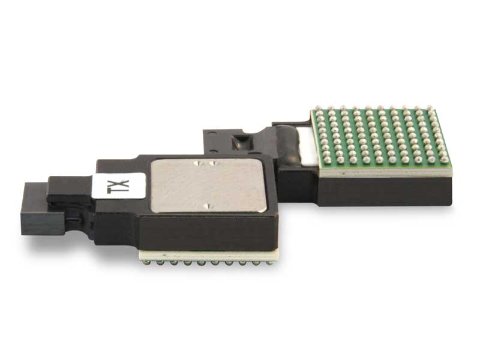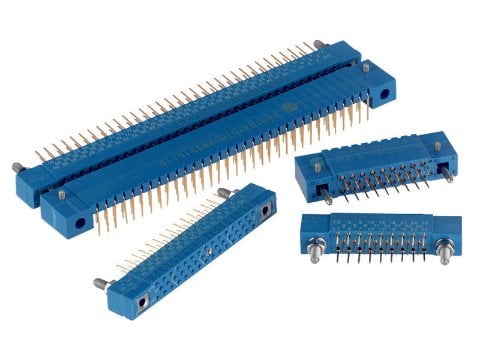- Fit standard MIL-DTL-38999, d-sub and ARINC connector cavities
- Meet or exceed the applicable requirements of the military specification of MIL-C-39029/90 & /91
- Suitable for high speed video applications, 50, 75 & 95 ohm impedances
- Upgrade coax harnesses to triax capability
- Small size for high density packaging
-
MDHC Series
Low VSWR up to 40 GHz (typ). These connectors have a constant 50 ohm airline impedance interface
-

Hurrah for World Space Week!
The World Space Week aims to celebrate the science and technology that contributed to the betterment of humanity and its impressive achievements. Take a look at Smiths Interconnect's achievements through the years.
-

Reflex Photonics Legal Name Change
Continuing that journey, we are pleased to inform you that we have begun the process of changing the legal name of our company from Reflex Photonics Inc. to Smiths Interconnect Canada Inc.
-

Understanding the Test Criteria of Optical Fiber Transceivers Used in Space
In space, high performance components must be able to deliver reliably in the punishing environment. It is optical transceivers that drive transmissions, converting signals to and from a copper-resident format. Fiber optics communications provide high bandwidth and low latency signaling. Signal transmissions through fiber optic cables (FOCs) provide immunity to EM/RFI interference, crosstalk, and voltage level surges. Fiber optics’ accuracy and reliability exceeds traditional cabling. Covering 1,000 feet requires four pounds of FOC versus 39 pounds of copper wiring, and fiber optics also consume less energy than copper. To convert electrical signals from circuitries with copper output to fiber optics, optical fiber transceivers are usually required.
-

Smiths Interconnect receives the ESA certification for its Italian site
Smiths Interconnect’s site in Genoa has been registered under the manufacturers of components qualified to the rules of the ESCC System and intended for use in ESA and other spacecraft and associated equipment - in accordance with ESCC



